
As someone who’s been watching anime for years, I can instantly think of a handful of characters that everyone seems to love to hate. It’s not usually the villains who get the most flak, though – it’s often characters who betrayed our expectations, acted horribly, or just annoyed us to no end. Sometimes they’re major bad guys driving the story, but just as often it’s allies or even characters meant to be funny who ended up becoming targets of intense criticism. It’s fascinating to look back at these characters and try to understand why their names still pop up whenever fans discuss the most disliked figures in anime history – it’s all about their role in the story and how people reacted to them over time.
Naraku
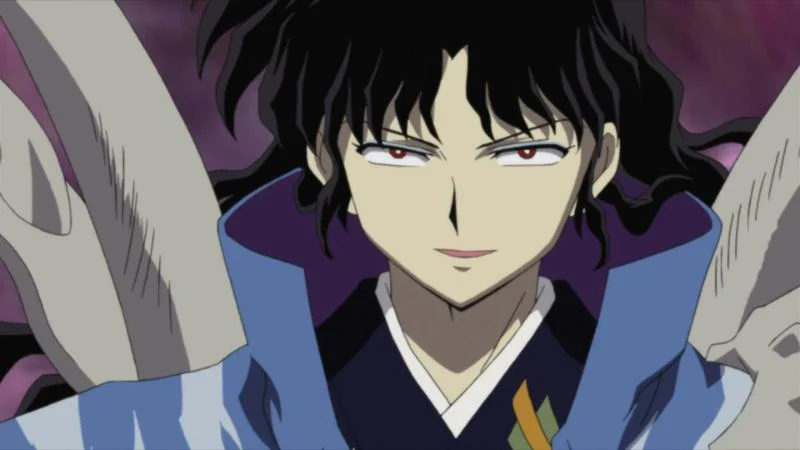
Naraku is the main villain in ‘Inuyasha’, born from the merging of a bandit named Onigumo and a group of demons. He works behind the scenes, cleverly manipulating characters like Inuyasha and Kikyo and spreading pieces of the powerful Shikon Jewel. Naraku is incredibly difficult to defeat because he constantly changes his appearance, uses different bodies, and relies on deception, which prolongs the central conflict. He’s directly responsible for much of the sadness and hardship experienced by characters like Miroku, Kohaku, and Sango. His complex plans and ability to evade capture have made him a memorable and lasting villain in the world of shounen anime.
Envy

In the anime ‘Fullmetal Alchemist’, Envy is a powerful, artificial being created to serve the villainous Father. Representing the sin of envy, this character can shapeshift to look like other people, causing chaos and damaging relationships, particularly between the Elric brothers, Roy Mustang, and Maes Hughes. Envy is directly responsible for major events, like starting the Ishvalan war and causing heartbreaking losses that change the story’s direction. The character’s frightening appearance and eventual emotional collapse explore themes of self-hatred and intense jealousy, solidifying their position as one of the most unforgettable villains in the series.
Kyubey

Kyubey, from the anime ‘Puella Magi Madoka Magica’, is an alien who makes deals with young girls: he grants them a wish in exchange for becoming magical girls. While appearing cute and innocent, these deals are actually part of a cruel system that ultimately leads to heartbreak and the girls transforming into witches. Kyubey operates with cold, calculating logic, focused solely on gathering energy, which clashes with human emotions and creates a lot of the show’s suspense. He explains suffering and sacrifice without emotion, completely changing the typical magical girl story into something much darker and more thought-provoking. Because of this, Kyubey is a central figure when people discuss how the show challenges and reimagines common magical girl themes.
Seryu Ubiquitous

Seryu Ubiquitous is a soldier working for the corrupt Empire in ‘Akame ga Kill!’ and is part of the Jaegers. At first, she seems like a young woman dedicated to justice, but her rigid beliefs cause her to use torture and violence against anyone she considers a villain. She fights with Koro, a powerful biomechanical weapon that’s connected to her body, giving her a range of hidden weapons and modifications. Her battles with the Night Raid group are known for being particularly brutal and emotionally intense. Seryu is often discussed as an example of how ‘Akame ga Kill!’ explores twisted ideas of justice and the effects of propaganda.
Sakura Haruno

Sakura Haruno is a founding member of Team 7 in ‘Naruto,’ alongside Naruto and Sasuke. Initially, she’s known for her infatuation with Sasuke and her lack of confidence, but she develops into a skilled medical ninja through training with Tsunade. Sakura fights in important battles, like the Fourth Great Ninja War, providing crucial help with both healing and her physical abilities. While she grows significantly throughout the series, her development and relationships are frequently discussed and debated by fans and critics, and her story often sparks conversations about how female characters are written in action anime.
Danzo Shimura

As a big ‘Naruto Shippuden’ fan, Danzo Shimura is a character who always fascinated – and frustrated – me. He’s this super powerful, high-ranking leader of Konoha’s secretive Root division, always operating in the shadows. What really gets me is how far he’s willing to go to protect the village – he’s all about ruthless tactics like secret experiments, assassinations, and even manipulating other villages. He’s heavily involved in the tragic downfall of the Uchiha clan, and the fact that he uses stolen Sharingan eyes just adds to how morally gray he is. Even when he briefly becomes acting Hokage, it’s clear he’s just trying to grab more power, as we see at the Five Kage Summit. He’s a constant talking point whenever fans debate the political side of the ‘Naruto’ universe and how much is too much in the name of peace.
Gabi Braun

Gabi Braun is a soldier from Marley who appears later in the story of ‘Attack on Titan’. She’s shown as a very dedicated warrior, heavily influenced by Marleyan beliefs about Eldians living on Paradis Island. When she first appears, Gabi takes part in important battles and makes choices that significantly impact other characters. Through her experiences interacting with people on Paradis – those she was raised to believe were enemies – the series examines how hatred and prejudice can repeat across generations. Gabi’s actions and character development made her a central topic of discussion among fans during the anime’s final seasons.
Akainu (Sakazuki)

As a huge ‘One Piece’ fan, I’ve always been fascinated by Akainu, though ‘fascinated’ might not be the right word! He’s actually called Sakazuki, and he’s a Marine admiral who eventually becomes Fleet Admiral. What really stands out about him is his idea of ‘absolute justice’ – it’s incredibly strict and he’s willing to do anything to stop pirates, even if it means innocent people get hurt. He’s central to the Marineford arc, and his choices there have huge, lasting effects on the story and the characters I care about. When he becomes Fleet Admiral after fighting Aokiji, it feels like a real turning point for the Marines – their approach to everything changes. You’ll often see discussions about him when people talk about how ‘One Piece’ explores themes like power, what’s truly just, and the price of keeping order – he really embodies those complex ideas.
Sugou Nobuyuki
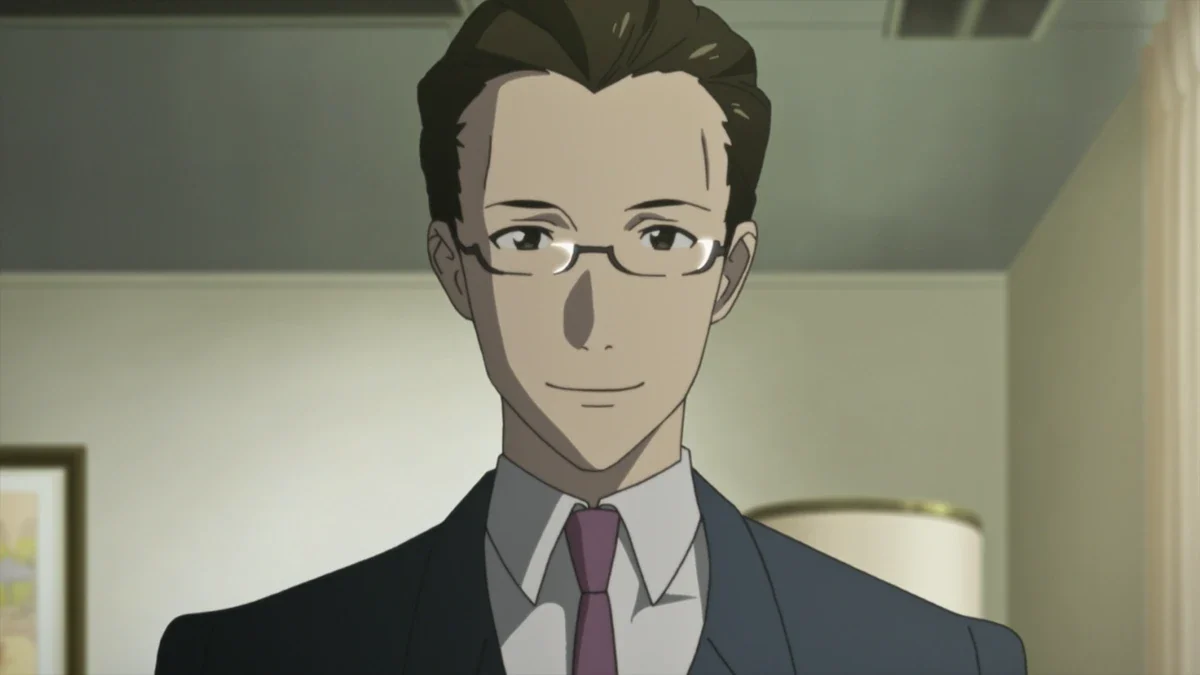
Nobuyuki Sugou is the primary villain of the Fairy Dance arc in ‘Sword Art Online.’ He’s known as Oberon within the virtual world of ‘ALfheim Online.’ In the real world, Sugou is a researcher who takes over the servers from the original ‘Sword Art Online’ death game and uses them to conduct harmful experiments on people trapped inside. He manipulates Asuna’s situation and actively tries to stop Kirito from rescuing her, which creates intense emotional drama. Sugou’s ambition goes beyond the game itself; he’s motivated by profit from mind control research and gaining more corporate power. He’s often brought up when fans discuss the more disturbing and controversial parts of ‘Sword Art Online’.
Minoru Mineta

Minoru Mineta is a student at U.A. High School in ‘My Hero Academia’ who dreams of becoming a pro hero. His unique ability, called Pop Off, lets him detach sticky balls from his head, which he uses in inventive ways for both attack, defense, and movement during training and fights. However, a significant portion of his screen time is dedicated to comedic, often inappropriate, attempts to spy on or flirt with female characters, a trait that has caused considerable discussion among fans. While intended as humor, Mineta’s behavior relies on familiar anime tropes of mischievous and overly flirtatious side characters. He’s frequently brought up in fan conversations about comedic relief, personal boundaries, and how humor in modern action anime is evolving.
Griffith
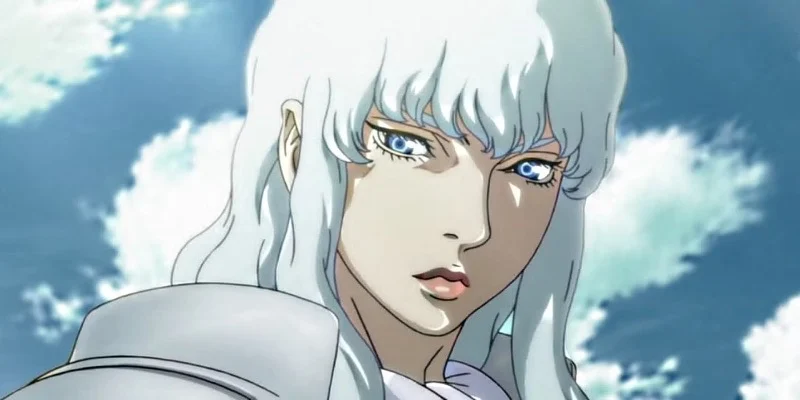
In the anime ‘Berserk’, Griffith is the captivating leader of the Band of the Hawk, famed for his intelligence and drive. He starts as the commander of a mercenary group, quickly gaining prominence in Midland’s army and forging strong relationships with Guts and his comrades. However, a devastating series of events leads to the Eclipse, a pivotal moment that dramatically alters the world of the story. This event transforms Griffith into a being with immense power, exploring complex ideas about destiny, what people are willing to sacrifice, and the dangers of unchecked ambition. His actions before, during, and after this change are crucial to the entire story, solidifying his place as a memorable and controversial villain in the dark fantasy genre.
Makoto Itou
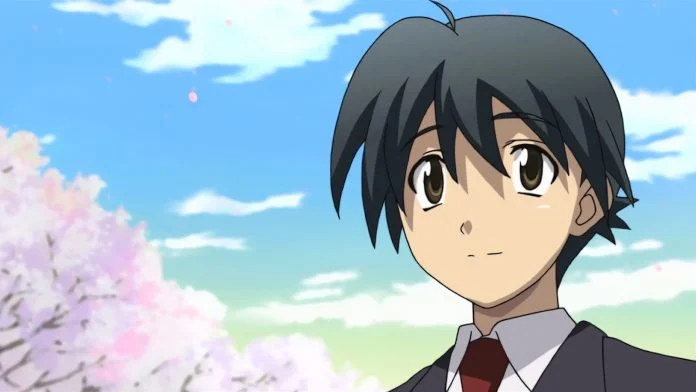
Makoto Itou is the central character in the romance anime ‘School Days,’ which became well-known for its dark and violent plot twists. The story centers on his relationships with several girls, beginning with his feelings for Kotonoha and his connection with Sekai. As the story unfolds, Makoto’s poor choices and unwillingness to take responsibility create growing anger, envy, and emotional turmoil among the characters. These escalating misunderstandings and betrayals ultimately lead to a shocking and disturbing ending, forever changing the show’s image. As a result, Makoto is often cited as an example when discussing unconventional romance stories and the repercussions of self-centered actions in fiction.
Rachel
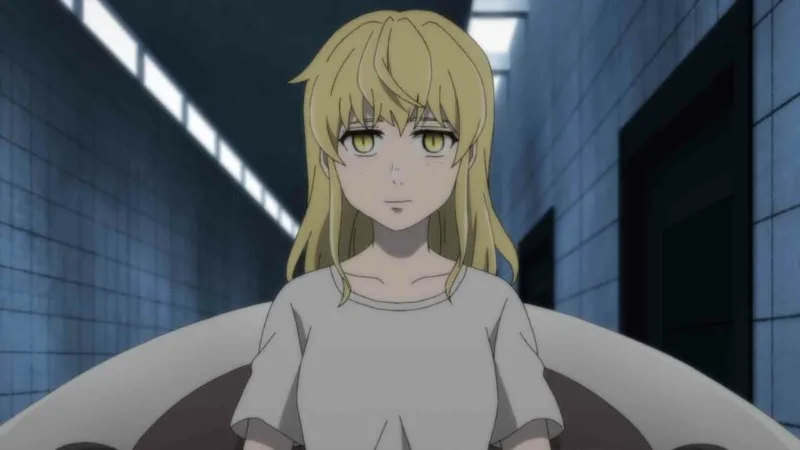
In ‘Tower of God’, Rachel begins as Bam’s closest friend, and his primary reason for climbing the mysterious Tower. She enters the Tower before him, driven by her desire to see the stars. However, as the story progresses, new information about Rachel’s choices and true motivations dramatically changes how her past actions are understood. Her decisions are central to many of the story’s biggest surprises and create significant conflict for other characters. Rachel is often a key topic when discussing themes of betrayal, shifting viewpoints, and complicated motivations within ‘Tower of God’.
Shou Tucker
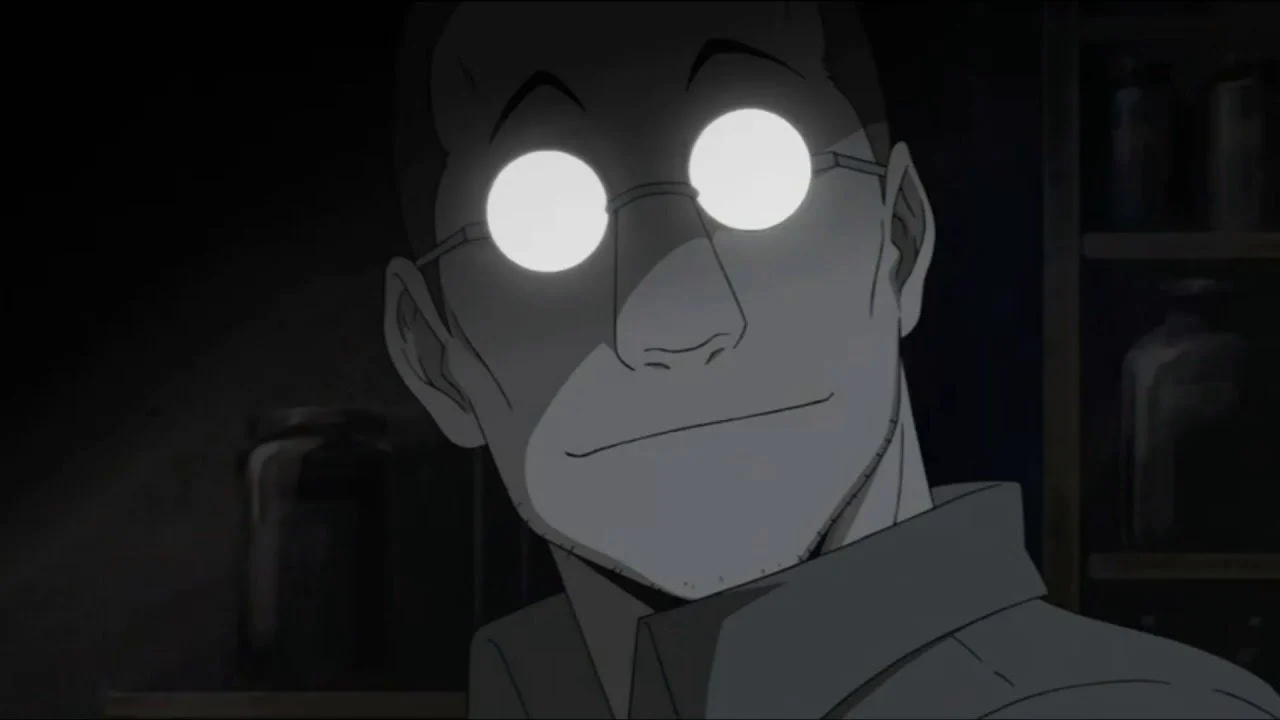
In ‘Fullmetal Alchemist,’ Shou Tucker is a State Alchemist famous for his work with chimeras, earning him the nickname ‘Sewing-Life Alchemist.’ He first seems like a researcher who’s fallen on hard times, but once achieved success by creating a chimera that could speak – a breakthrough that maintained his state certification. However, the story later reveals the terrible way he achieved this: he experimented on his own family. Tucker’s actions deeply affect the Elric brothers and significantly darken the overall tone of the series. He’s often discussed by both scholars and fans when talking about ethical issues in science fiction, the dangers of human experimentation, and how to use shocking moments effectively in storytelling.
Malty S Melromarc (Myne Sophia)

Malty S. Melromarc, also called Myne Sophia, is a major villain in ‘The Rising of the Shield Hero’. Initially appearing as a friendly princess to Naofumi Iwatani, she later falsely accuses him of crimes, ruining his reputation. Throughout the series, Malty uses her position as royalty to control what people think, sway the other heroes, and hinder Naofumi’s progress. Her plans create political problems and reveal corruption within the royal family. Because of her constant lies and central role in Naofumi’s hardships, fans often discuss Malty as a compelling villain and an example of unfair treatment in isekai anime.
Read More
- Robert Kirkman Launching Transformers, G.I. Joe Animated Universe With Adult ‘Energon’ Series
- Avantor’s Chairman Buys $1M Stake: A Dividend Hunter’s Dilemma?
- NextEra Energy: Powering Portfolios, Defying Odds
- AI Stock Insights: A Cautionary Tale of Investment in Uncertain Times
- Hedge Fund Magnate Bets on Future Giants While Insuring Against Semiconductor Woes
- EUR TRY PREDICTION
- Ex-Employee Mines Crypto Like a Digital Leprechaun! 😂💻💸
- UnitedHealth’s Fall: A Seasoned Investor’s Lament
- The Illusion of Zoom’s Ascent
- Oklo’s Stock Surge: A Skeptic’s Guide to Nuclear Hype
2025-11-09 10:17